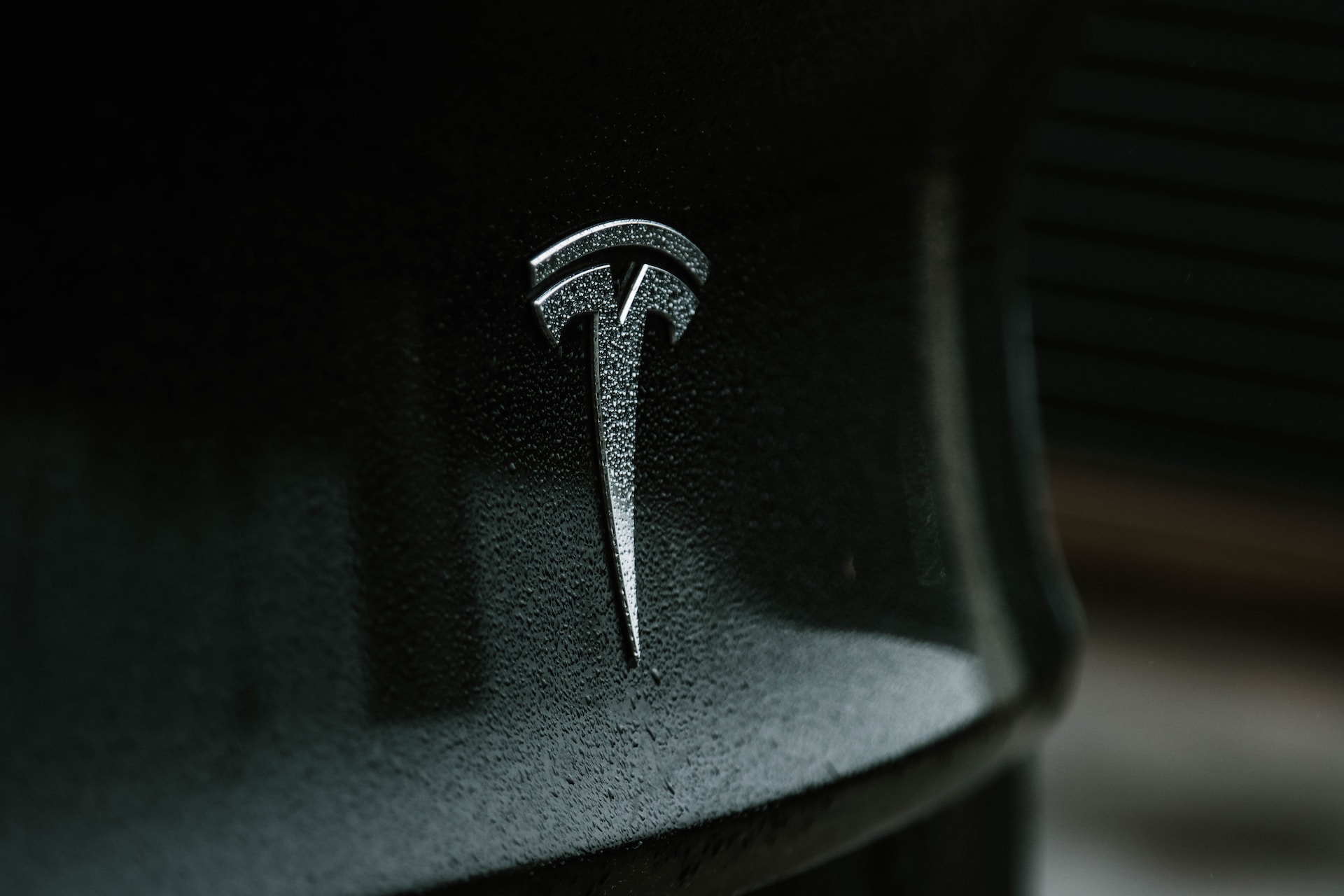Tesla’s Stable Performance But Margins Drop Raises Concern
Tesla, the electric vehicle (EV) pioneer, has captured the world’s attention with its innovative products and dedication to sustainability. Apart from revolutionizing the automotive industry, Tesla’s financial performance has been nothing short of remarkable, making it an attractive investment opportunity for many. Let’s delve into the numbers that underscore Tesla’s financial success and why it stands as a compelling investment choice. We summarise what you need to know in 7 key pointers below.
1. Consistent Revenue Growth
Over the last few quarters, Tesla has experienced consistent revenue growth, showcasing its widespread appeal. In the Q2-2023 financial update, the company reported total revenues of $24,927 million, up from $16,934 million in Q2-2022, representing an impressive year-over-year increase of approximately 47%. This sustained growth can be attributed to the rising demand for Tesla’s electric vehicles and energy products, as more consumers embrace clean and sustainable solutions for their transportation and energy needs.
2. Strong Cash Generation
Tesla’s prowess in converting its sales into cash is evident in its net cash provided by operating activities. In Q2-2023, Tesla generated $3,065 million in net cash from its operations, up from $2,351 million in Q2-2022, representing a significant YoY growth of approximately 30%. This robust cash generation not only supports Tesla’s day-to-day operations but also provides ample capital for research, development, and expansion initiatives.
3. Continuous Innovation
Tesla’s relentless pursuit of innovation is a key driver of its financial success. The company’s investments in research and development have resulted in cutting-edge products that lead the market. For example, the Q2-2023 update highlights Tesla’s ongoing development of next-generation vehicle platforms and advancements in autonomous driving technologies. This innovation not only attracts customers but also positions Tesla as a frontrunner in the electric vehicle industry.
4. Declining Operating Margins
In Q2-2023, the company reported an operating margin of 9.6%, compared to 14.6% in Q2-2022, reflecting a YoY drop of approximately 5%. This is due to a series of price drop this year that affected it earnings. Chief Executive Elon Musk highlighted that Tesla would further reduce prices if interest rate rise further this year.
5. Diversified Revenue Streams
While electric vehicles remain Tesla’s primary revenue driver, the company has successfully diversified its revenue streams. In addition to automotive sales, Tesla generates revenue from energy products like solar panels and energy storage solutions. In Q2-2023, Tesla’s energy product deployment volume contributed to its financial success, highlighting the benefits of diversification in mitigating risks and tapping into new markets.
6. Global Expansion
Tesla’s global expansion has been a strategic move that pays dividends in its financial performance. With manufacturing facilities in China and Europe, Tesla can efficiently serve local markets and minimize costs. In Q2-2023, Tesla’s global footprint enabled it to deliver 24,927 vehicles, up from 16,934 vehicles delivered in Q2-2022, representing a YoY increase of approximately 47%. This expansion positions Tesla to capitalize on the growing global demand for electric vehicles and sustainable energy solutions.
7. Competitive Landscapes
Established Automakers Embrace EVs
As electric vehicles gain popularity, traditional automakers have joined the race to electrify their fleets. Companies like Ford, General Motors, Volkswagen, and BMW have invested heavily in developing electric models to challenge Tesla’s dominance. While they bring vast manufacturing experience and established supply chains to the table, catching up to Tesla’s technological lead and brand recognition remains a significant challenge.
Besides, China has emerged as a powerhouse in the electric vehicle market. Companies like NIO, Xpeng, and BYD are rapidly gaining traction in the domestic and international markets. NIO, in particular, has positioned itself as a direct competitor to Tesla, offering high-performance electric SUVs and innovative battery-swapping solutions. With the world’s largest EV market, Chinese manufacturers pose formidable competition to Tesla’s global ambitions.
Electric Luxury: Rivian and Lucid
In the luxury electric vehicle segment, newcomers Rivian and Lucid Motors are making waves. Rivian, with its electric trucks and SUVs, targets adventure seekers and outdoor enthusiasts. Lucid, on the other hand, aims to rival Tesla’s luxury sedans with its Air model, boasting impressive performance and range. As both companies secure substantial funding and showcase cutting-edge technology, they pose a competitive challenge to Tesla’s luxury market share.
Legacy of Luxury: Porsche and Audi
Established luxury brands like Porsche and Audi, part of the Volkswagen Group, have also joined the electric revolution. Porsche’s Taycan and Audi’s e-tron models offer a blend of performance and luxury, catering to a high-end clientele. Leveraging their existing reputation and dealer networks, these legacy brands have the potential to chip away at Tesla’s market share in the luxury EV segment.
Charging Infrastructure
A robust charging infrastructure is crucial for the widespread adoption of electric vehicles. Tesla’s Supercharger network, with its fast-charging capabilities and global coverage, remains a competitive advantage. However, traditional automakers and charging network operators like ChargePoint and EVgo are rapidly expanding their charging networks, challenging Tesla’s dominance in this area.
Summary
Tesla’s financial performance, backed by consistent revenue growth, strong cash generation, however, we are a bit concern on it declining operating margins, which might signify that Tesla’s growth will slow down moving forward.






